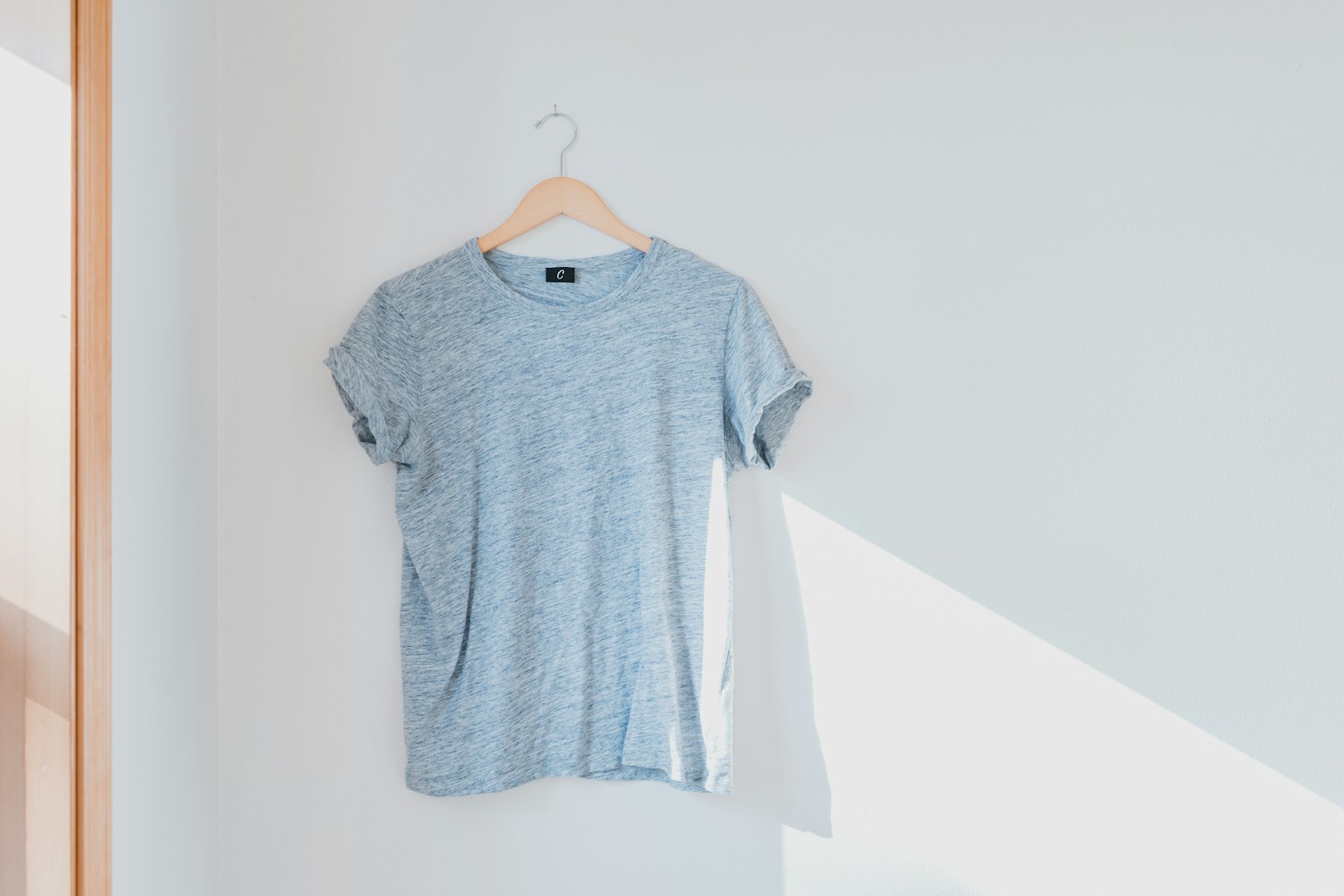CBD for Complex Regional Pain Syndrome (CRPS)
Posted by Lewis Olden on
*Scroll down to the bottom of the article to find your discount code for ALL Cannacares CBD Products
CRPS is shorthand for Complex Regional Pain Syndrome for which the most prescribed medications can be addictive or harmful if they are used for an extended period. Therefore, an increasing number of people are turning to CBD and medical cannabis to try to treat their symptoms of CRPS. CBD is not addictive, and a tolerance doesn’t develop over time. It is important to note at this juncture that CBD does not get you high or have any psychoactive impact on the user.
What is Complex Regional Pain Syndrome (CRPS)?
CRPS is a chronic pain condition that typically affects a single limb. If the pain persists beyond 6 months it is then deemed to be chronic. CPRS most commonly affects legs, feet, hands and arms. CRPS is more common in women than it is in men, but it can be diagnosed in anyone at any age. However, the peak risk bracket is those who are over 40 years of age. Very few children are diagnosed with CRPS.
How Do You Get CRPS?
The risk of being diagnosed with CRPS peaks at 40 and it is rarely diagnosed in elderly people. This pain syndrome typically develops after surgery or an injury, which could provide an explanation as to why so few children are affected by the condition.
It is believed that CRPS develops because of damage to the peripheral and central nervous system. The central nervous system is made up of your brain and spinal cord whereas the peripheral nervous system involves nerve signalling from the spinal cord to your brain and then onto the rest of your body. Approximately 90% of CRPS cases are linked to trauma and scientists are not sure what differentiates the patients whose condition is a result of trauma and those who develop it naturally.
What are the common triggers for CRPS?
The known common triggers of CRPS are:
○ Sprains & Strains
○ Soft tissue injuries
○ Fractures
○ Limb immobilisation
○ Minor medical procedures
○ Surgery
What are the Symptoms of CRPS?
The symptoms of CRPS can vary in severity and how long they last for. Some cases of CRPS can be mild and eventually cease, while other cases can be totally debilitating last for months or even years. There are various symptoms, you do not have to experience all the symptoms to be diagnosed with CRPS. The symptoms include:
○ Changes in the temperature of your skin
○ Decreased mobility
○ Changes in the colour of your skin
○ Stiff joints
○ Changes in nails
○ Excessive sweating
○ Swelling in the problematic limb
○ Allodynia
○ Pain spreading from the injured area to the connected limb
○ Prolonged severe pain that feels like burning pins and needles
How is CRPS Diagnosed?
If you are in consistent pain, you need to see a physician to assess what the cause of the pain is. There is no specific blood test for CRPS, making it a more difficult condition to diagnose. You are reliant on a skilled doctor to recognise the condition as being the potential diagnosis. It is likely that you will have to have X-rays and MRIs to get an understanding of the root cause of the problem.
How is CRPS Treated?
After a doctor has ruled out other potential causes, a variety of treatment options will be presented to you.
Rehabilitation Therapy
Rehabilitation therapy is an exercise program for CRPS and helps to keep your limbs moving and improve blood flow. By increasing your blood flow, you can decrease the impact of the circulatory symptoms you are experiencing. These exercises can improve your strength, flexibility and the function of your limbs.
Psychotherapy
Psychotherapy can also help to ease the condition. Chronic pain can have a detrimental impact on your mental health and can even damage your entire family’s state of mind. Those who are diagnosed with CRPS can develop depression, anxiety, and PTSD.
Medication
Medication is another method that physicians often choose to implement when treating a CRPS patient. There have been no drugs approved specifically for CRPS by either the USA’s FDA or the MHRRA in the UK. Common medications for the condition include:
- Cortcosteroids – prednisolone and methylprednisolone
- Opioids – morphine, fentanyl, oxycodone – this has severe side effects
- Bisphosphonates – alendronate or intravenous pamidronate
- Non-steroidal anti-inflammatory drugs- ibuprofen or aspirin
- Seizure & depression medication – gabapentin, pregabalin and duloxetine
One of the largest issues with these medications is how they impact the body and mind. Some pain medications can be extremely addictive, and patients need to take them under strict supervision.
CRPS can cause consistent pain for extended periods and certain medications should not be taken for the duration of the period the patient is dealing with the illness. People in severe pain are beginning to use medical cannabis and CBD to treat their symptoms and finding that the side effects are far less severe than using opioids or other pharmaceuticals.
What is CBD?
CBD is shorthand for cannabidiol which is a chemical that is contained within the cannabis plant. CBD doesn’t get you high, unlike the most notorious cannabinoid THC (tetrahydrocannabinol). The primary difference between CBD and THC is that CBD doesn’t directly interact with the endocannabinoid system, which prevents it from causing the user to feel high or intoxicated.
CBD operates by indirectly interacting with the endocannabinoid system. The endocannabinoid system is what manages the entire body’s regulation and is responsible for homeostasis. The way the endocannabinoid system controls the body’s functions is through cannabinoid receptors and native endocannabinoids.
CBD for Inflammation
Heightened levels of cytokines, that cause inflammation have been found in the cells of people with CRPS. The has led to researchers to believe inflammation could be integral to the cause of CRPS.
By elevating the 2-AG endocannabinoid, CBD can help with inflammation with the same process it uses to help with pain and retrograde signalling. The 2-AG endocannabinoid tells the CB2 receptors to desist in sending out so many attack cells without compromising the strength of your immune system.
CBD for Pain Management
Although there are few studies that have specifically explored the relationship between CBD and CRPS itself, there have been a number of promising studies that have looked into cannabis and its ability to provide pain relief to sufferers of CRPS.
For example, one oft-referenced study dating back to 2013 and published in the Journal of Pain, examined the effect of vaping cannabis on neuropathic pain. While not all of the participants had CRPS-I, everyone at least had some description of nerve pain.
The participants were initially split into three groups and were given one of; a medium dose, a low dose or placebo cannabis to vape. Participants in the medium and low dose cannabis groups reported significant pain reduction with few, if any adverse side effects.
Conclusion
CRPS is an elusive illness which is hard to diagnose, and it is difficult to definitively treat. CBD and medical cannabis could present an excellent solution to CRPS patients, and the side effects are substantially less than horrific medications such as opioids. This means that the medication that the patient uses over an extended period does not have a detrimental long-term effect on their health and is not addictive.
If you would like to learn more about this, you can read our comprehensive guide to the side effects of CBD.








